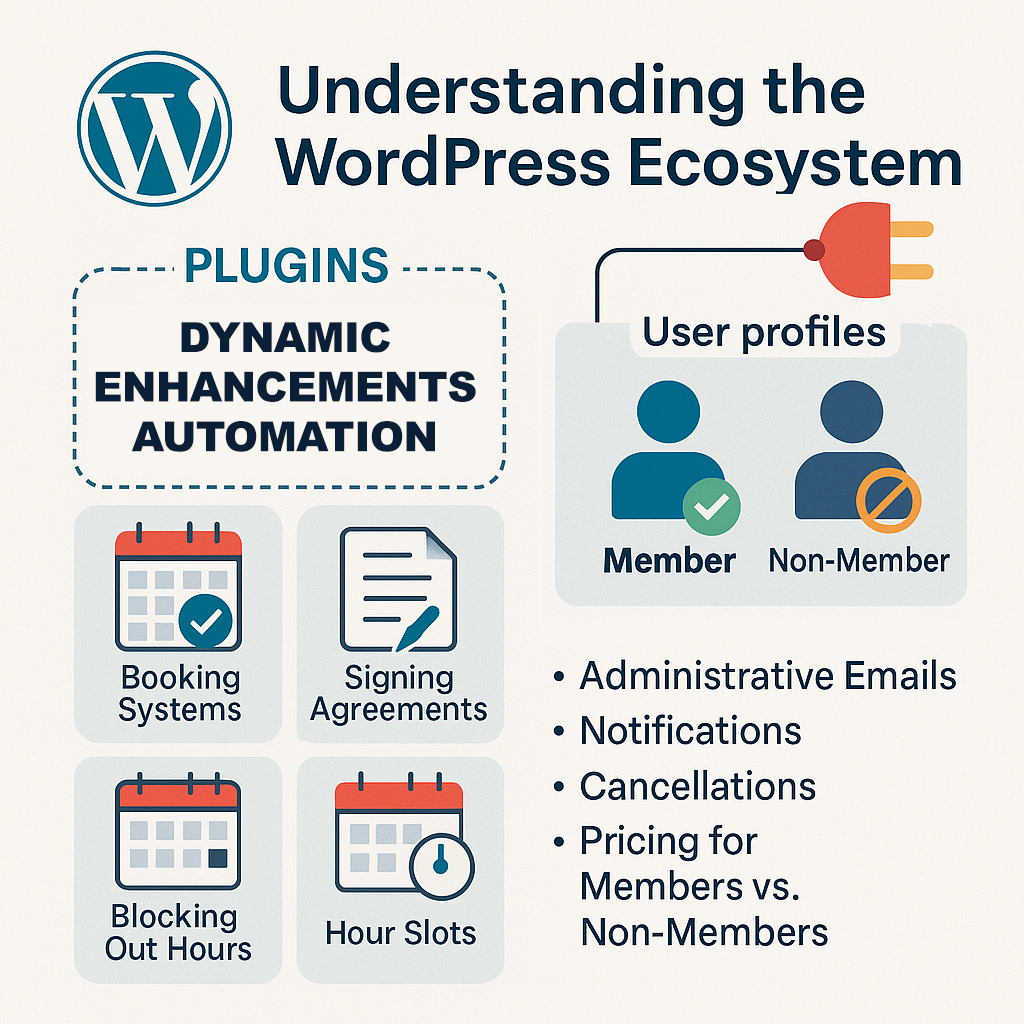A Microsoft employee, Mike Matsel, Principal Development Lead on Xbox Graphics, posted a hiring ad on LinkedIn featuring a generative AI-created image to attract talent for graphics roles. The image was meant to depict a woman coding but included a glaring error: the computer monitor’s display appeared on the back of the screen—an obvious AI blunder often referred to as “AI slop.”
The post quickly drew criticism, with many calling it tone-deaf, especially coming just weeks after Microsoft laid off over 9,000 employees, including staff from the Xbox division, and canceled major AAA projects like Perfect Dark and Everwild. Commenters, including some within Microsoft, described the image as “embarrassing” and “pathetic AI garbage,” pointing out how inappropriate it was for a graphics-focused team to use such low-quality artwork in their recruitment efforts.
This mishap underscores a larger issue with AI overreliance and missteps in corporate communication. Here’s why it matters:
-
Tone‑deaf in timing
Rolling out a hiring post with sloppy AI artwork so soon after massive layoffs sends a jarring message. It suggests a willingness to move on quickly—or even trivialize employee impact—while struggling to communicate empathy. -
Skill dissonance
The Graphics team, of all places, should be showcasing polished visuals. The backwards monitor is an unwritten punchline: the team meant to deliver impeccable game visuals can’t even vet a LinkedIn post? -
AI as shortcut, not solution
This is textbook “AI slop”—cheap, fast, and low-effort. While AI tools can boost productivity, they can’t substitute critical human review or creative finesse. Relying on automation without oversight is risky for a premium brand like Xbox. -
Trust erosion
For talent watching the most public face of Xbox’s graphics group diminish quality in a basic hire ad, trust that the company values design excellence is shaken.
That said, this could have been avoided with minimal effort: a quick human review, a scrap-and-replace of the artwork, and a considerate note acknowledging the timing. As AI permeates workflows, companies must double down on standards, not drop them. Otherwise, each misfire chips away at credibility.
This incident is a cautionary tale: in a time of layoffs and uncertainty, optics matter. Generative AI can be powerful—but when used carelessly, it highlights flaws rather than innovation. Xbox—and Microsoft as a whole—should reinforce a balance: leverage AI, but always run it through a thoughtful, human lens before publication.





